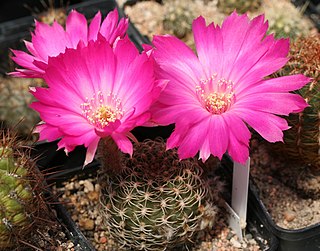
Lobivia backebergii is a species of flowering plant in the cactus family Cactaceae, native to eastern Bolivia and southern Peru.

Cleistocactus morawetzianus is a species of columnar cactus in the genus Cleistocactus, endemic to Peru.

Cleistocactus tominensis is a species of columnar cactus in the genus Cleistocactus, endemic to Bolivia, where it is found in forests, on cliffs, and in inter-Andean valleys at altitudes of 900 to 2,200 meters.
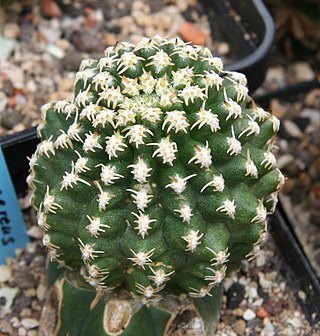
Haageocereus bieblii is a species of Haageocereus from Peru.

Haageocereus bylesianus is a critically endangered species of Haageocereus from Peru.
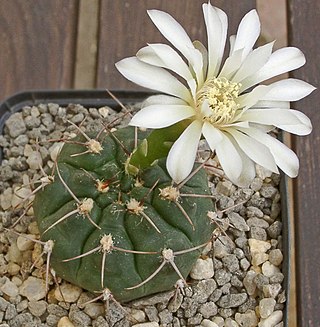
Gymnocalycium ochoterenae is a species of Gymnocalycium from Argentina.

Weberbauerocereus rauhii is a species of Weberbauerocereus from Peru.

Weberbauerocereus weberbaueri is a species of Weberbauerocereus from Peru.

Haageocereus decumbens is a species of Haageocereus found in S. Peru to Chile (Tarapacá)

Haageocereus pseudomelanostele is a species of Haageocereus found in Peru.
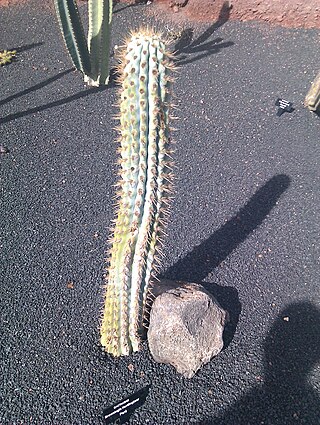
Browningia hertlingiana is a species of Browningia found in Peru.

Matucana weberbaueri is a species of Matucana found in Peru.

Weberbauerocereus winterianus is a species of Weberbauerocereus from Peru.
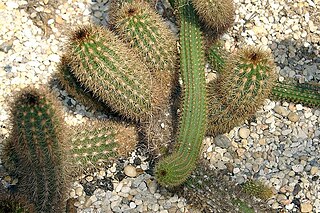
Haageocereus acranthus is a species of Haageocereus found in Peru.
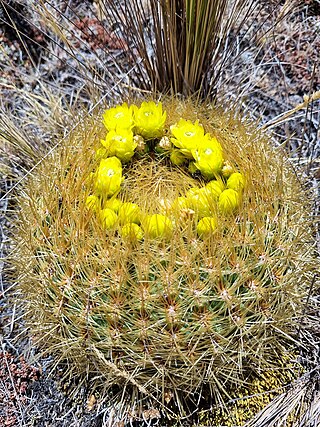
Oroya borchersii is a species of cacti, originating from Peru
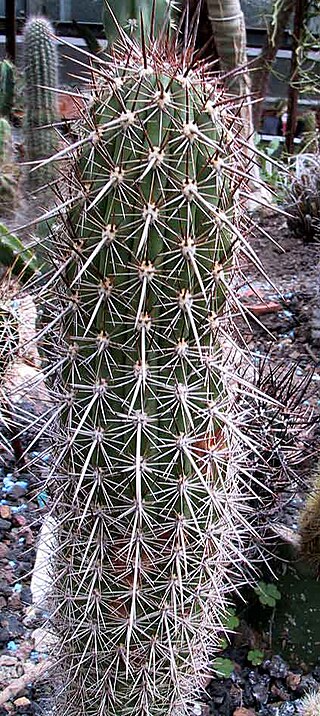
Haageocereus platinospinus is a species of Haageocereus found in Peru.
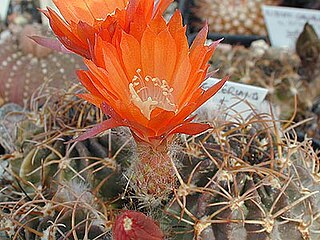
Lobivia tegeleriana is a species of Lobivia found in Peru.
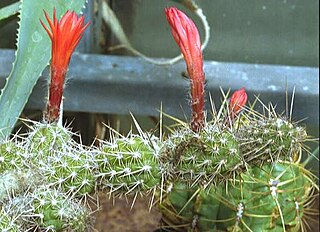
Loxanthocereus sextonianus is a species of Loxanthocereus found in Peru.
Weberbauerocereus churinensis is a species of cactus in the genus Weberbauerocereus, native to Peru.

Soehrensia smrziana is a species of Soehrensia found in Argentina.





















